Veggies come in all colors these days; purple carrots, orange tomatoes, and even yellow watermelon. But among the most prized (and hard to find) veggies are the rainbow varieties. Many of these are fairly new but they’re starting to show up at farmers markets and even some grocery stores. Here’s a collection of the rainbow varieties that we’ve found:
Rainbow Hot Peppers

Although they look colorful, you may not want to “taste the rainbow” with this particular variety. They are similar in heat to a ghost pepper 🥵.
Rainbow Broccoli

Apparently this tastes just like regular broccoli. Like many of these rainbow varieties, it does tend to grow slower since green is the optimal color to absorb sunlight. Due to that slow growth, this variety should only be grown in colder regions to avoid bolting.
Rainbow Cabbage
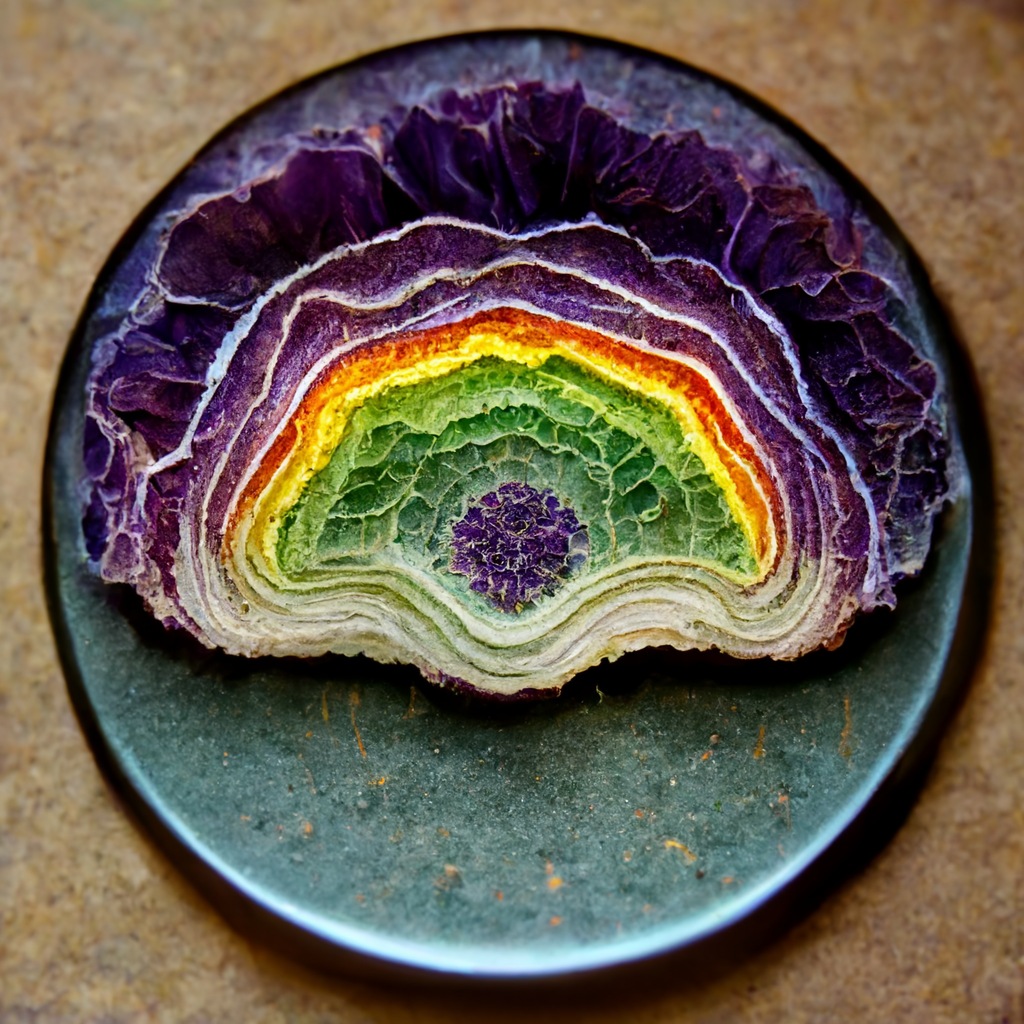
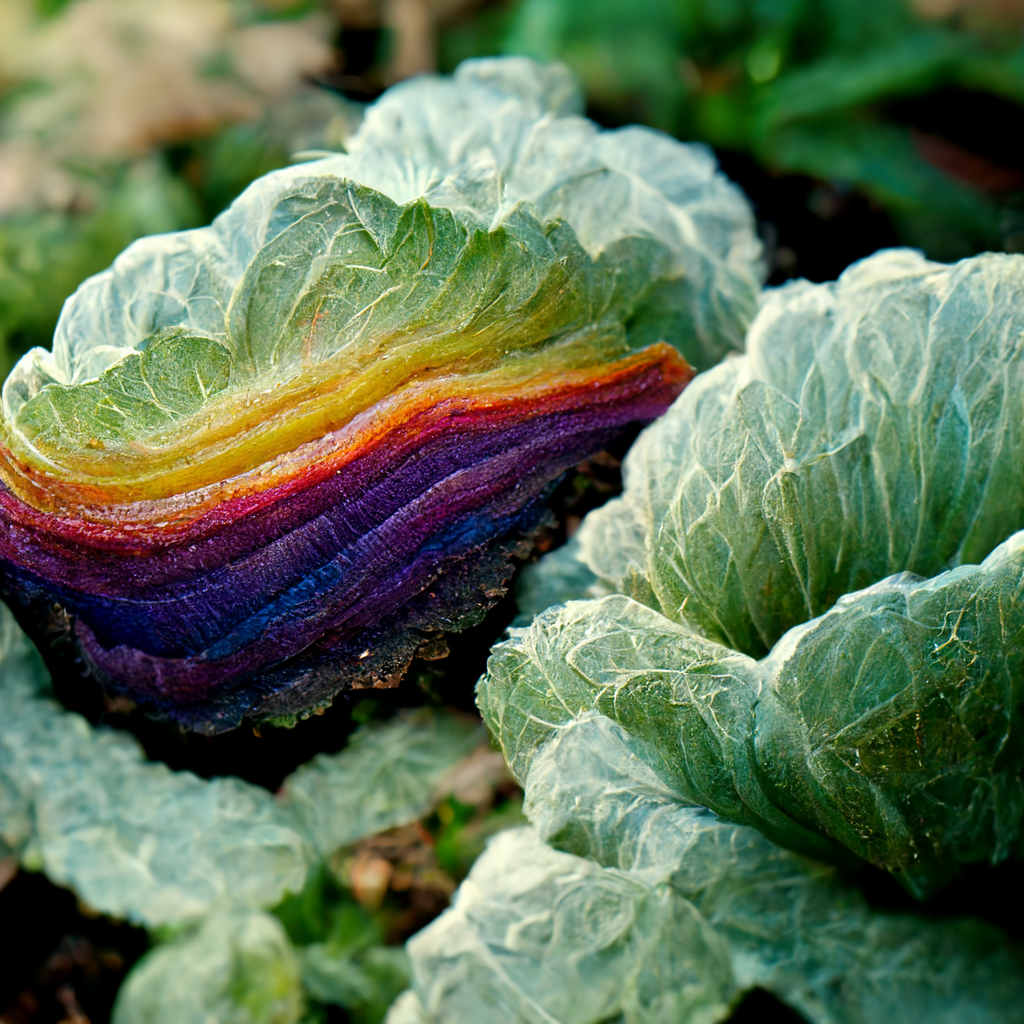
Green cabbage? Boring. Red (purple) cabbage? A bit more interesting. Rainbow cabbage? VERY cool! Rainbow cabbage changes color through each layer, typically with green or purple on the inner-most and outer-most layers.
Rainbow Tomatoes
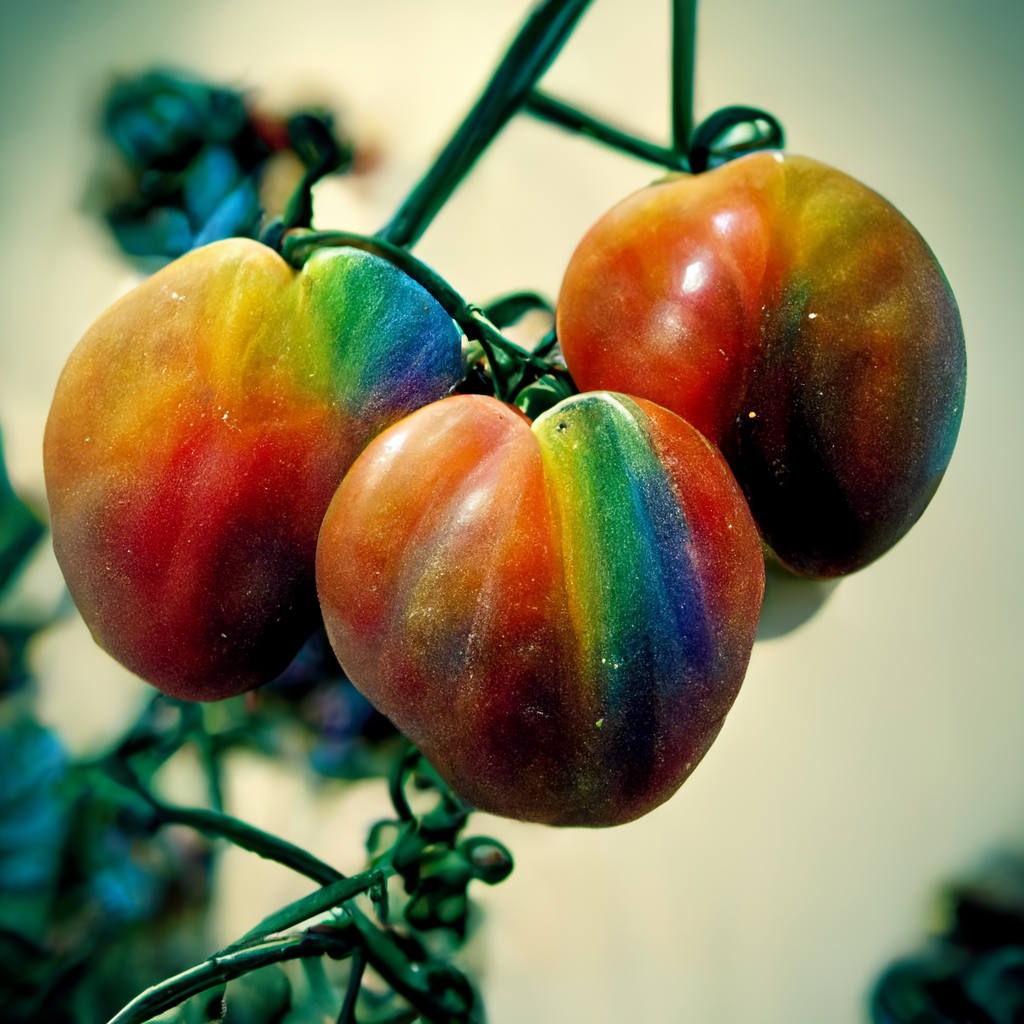
You’ve grown red tomatoes, orange tomatoes, yellow tomatoes, green tomatoes, and purple tomatoes. That’s a lot of colors, but how about all in one? This new variety has you covered.
Rainbow Onions
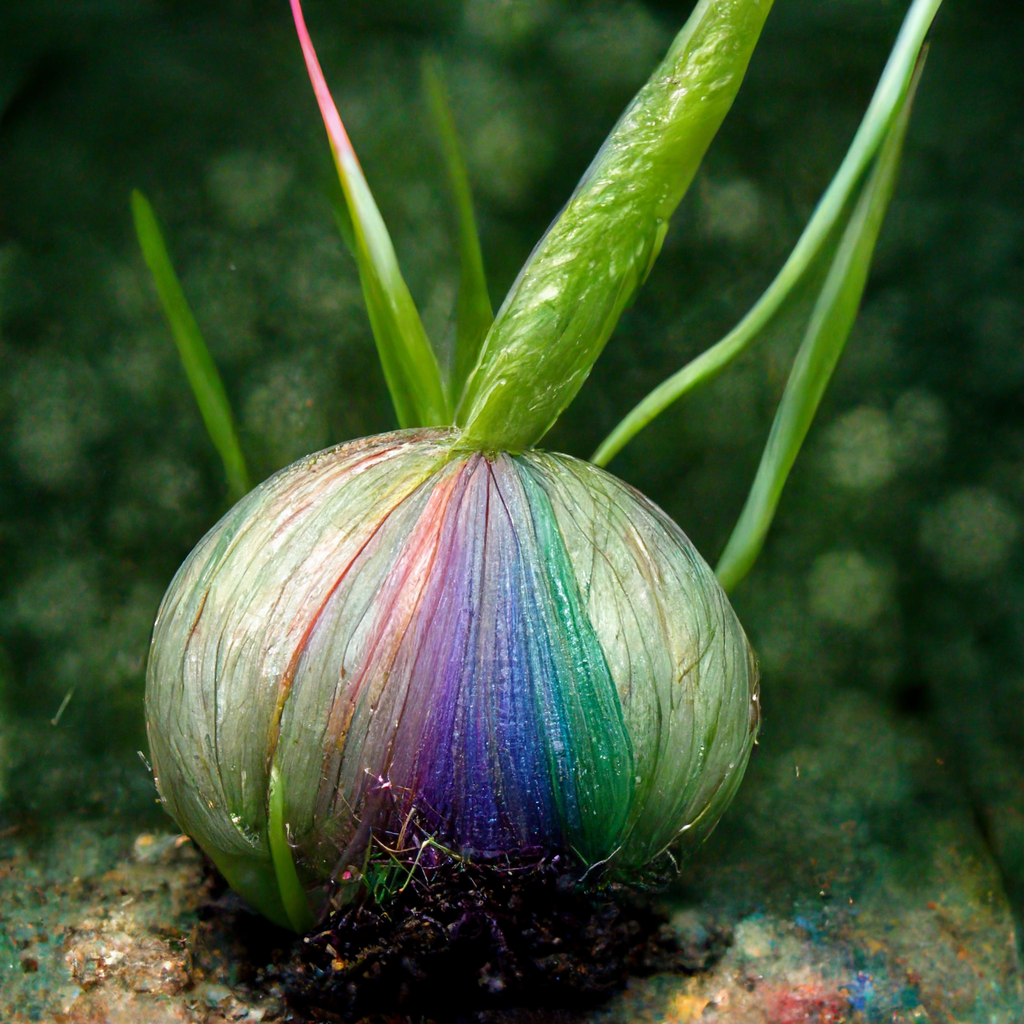
There’s only a hint of rainbow color on the outside, but cut into this onion and you’ll find colors that change throughout the layers.
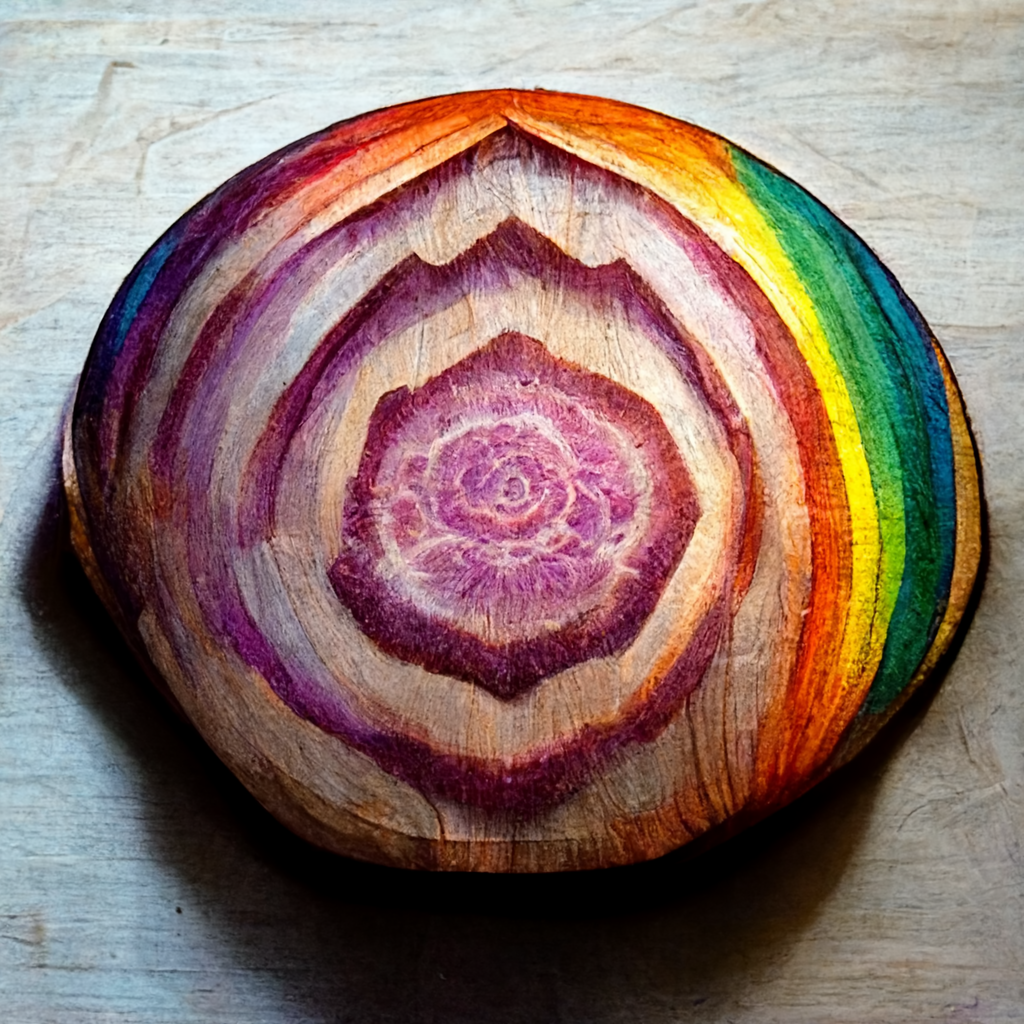
Rainbow Beans
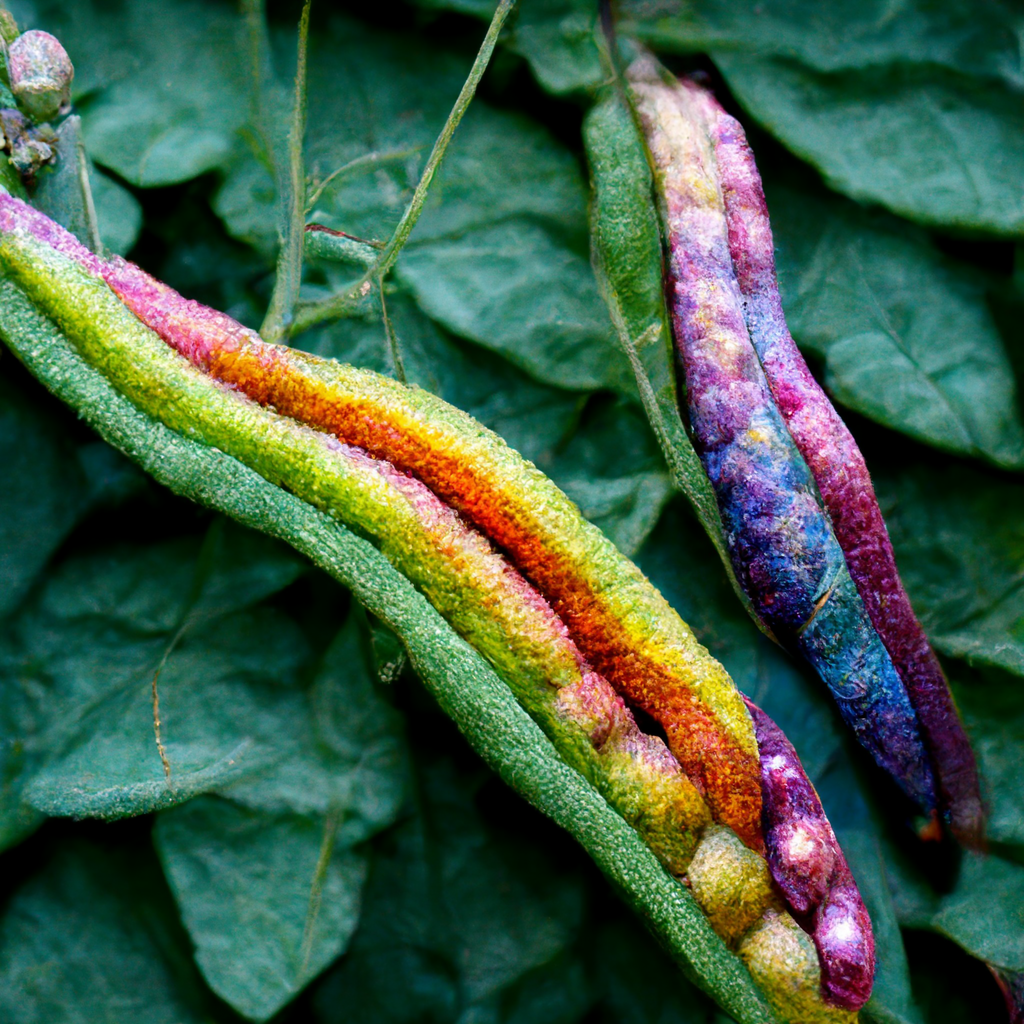
Why settle for green beans when you can have rainbow beans! As you can see, some still end up green, but many will be other colors of the rainbow!
Rainbow Eggplant
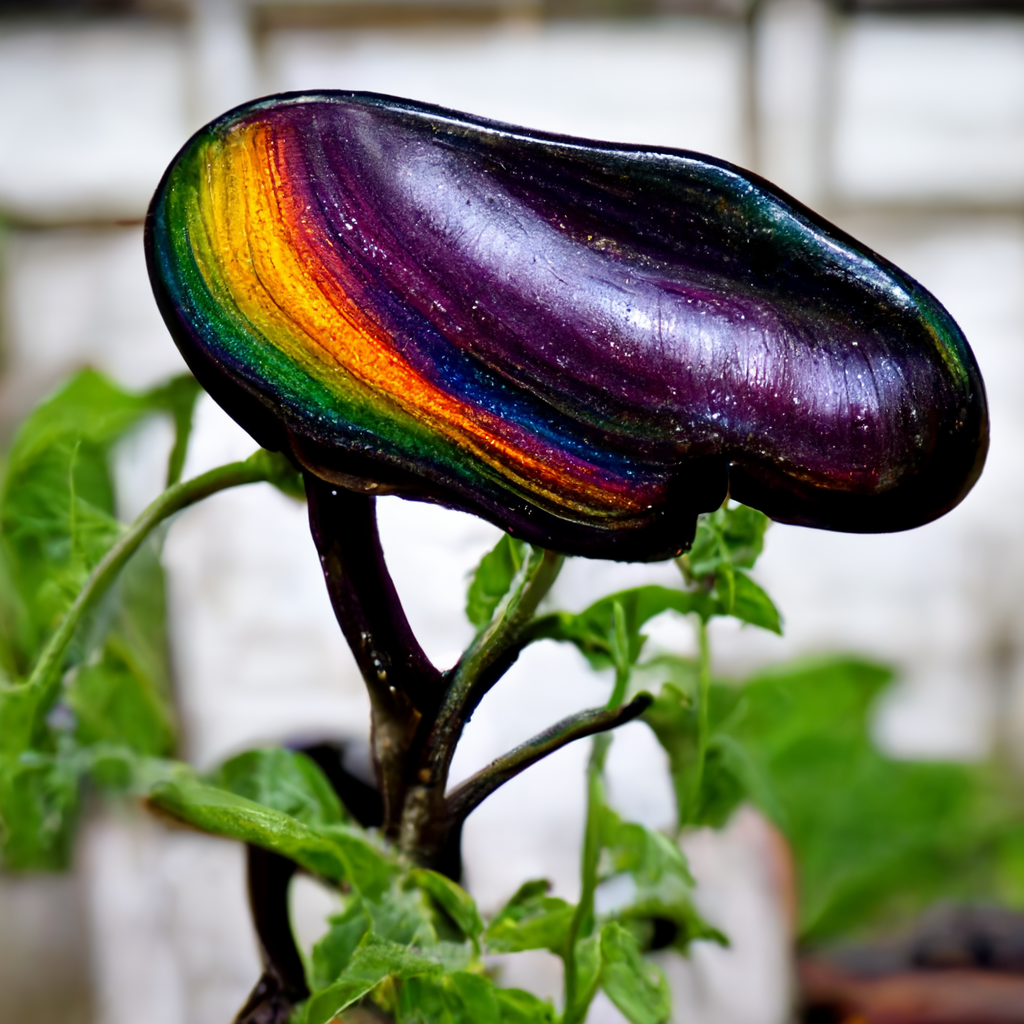
Eggplant is purple right? Not anymore! This variety is still mostly purple but has every other color on it too! Unfortunately it is still the same on the inside.
Rainbow Watermelon
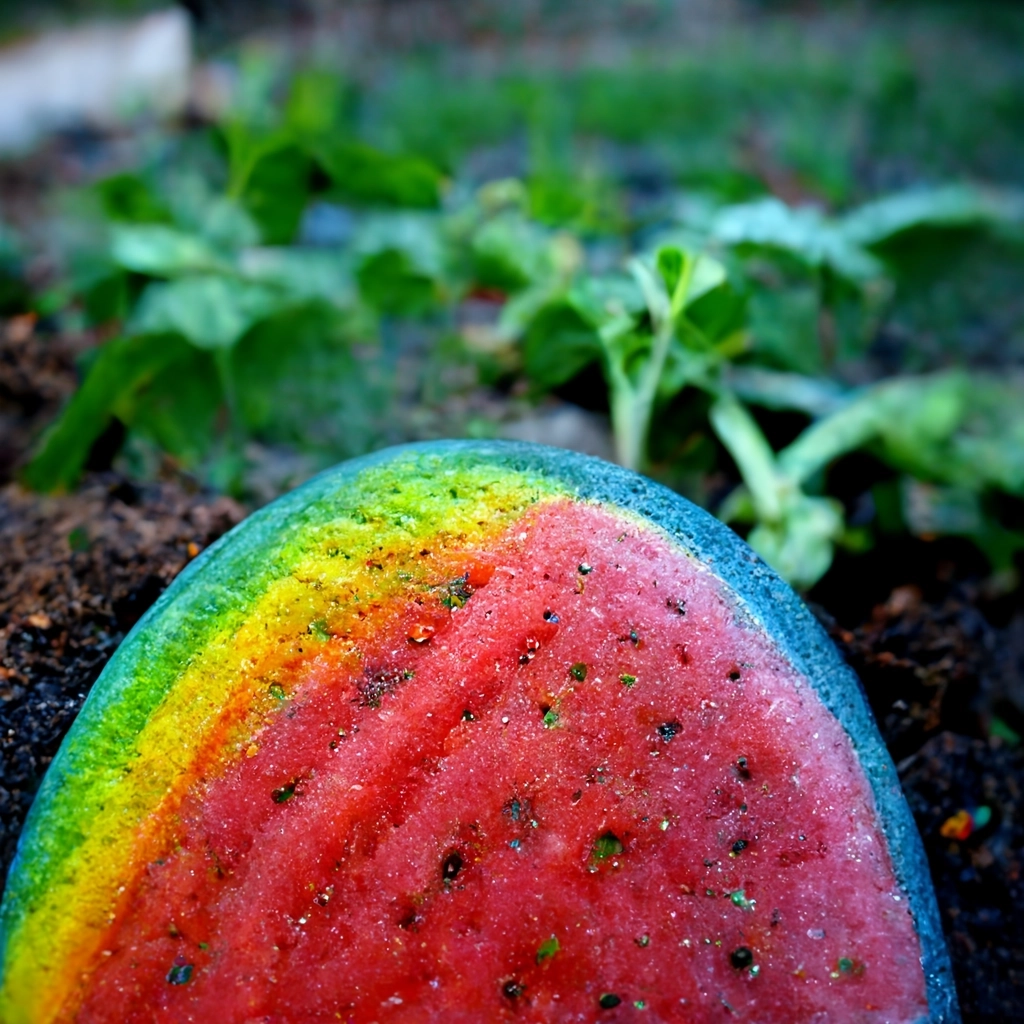
These are still green on the outside, similar to yellow watermelon varieties. However, cut one open and you can see why they’re called rainbow watermelon! They say these are slightly sweeter than regular watermelon 🍉.
How to grow these varieties?
These varieties are certainly tough to find (some may even say impossible 😉), so good luck! You can learn how to grow the regular versions of these plants in Planter! If you manage to find these varieties, Planter will help you arrange them in your veggie garden next to your regular, boring, real veggies.